
The Evil Eye Bead: A Thousand-Year Stare and the Power to Ward It Off
Some gazes feel heavy—like they pierce right through you. Your chest tightens, your energy shifts. This ancient fear, that a look could carry harm, has followed humanity for millennia. And to that invisible threat, people across time have offered the same silent defense: the evil eye bead, or Nazar Boncuğu. Today, it’s a charm hanging
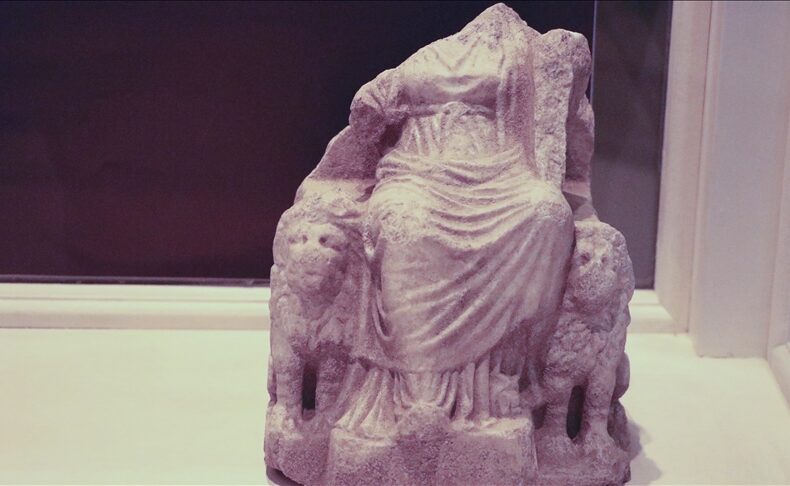
Rare Cybele Statue on Display at Tekirdağ Archaeology Museum Sheds Light on Ancient Anatolian Mother Goddess Cult
The Tekirdağ Archaeology and Ethnography Museum attracts thousands of visitors each year, with one of its star exhibits being a remarkable statue of Cybele, the ancient Anatolian mother goddess symbolizing fertility, nature, and protection. This statue, uncovered during excavations at the nearby Heraion-Teikhos Ancient City, offers a rare glimpse into the spiritual life of ancient
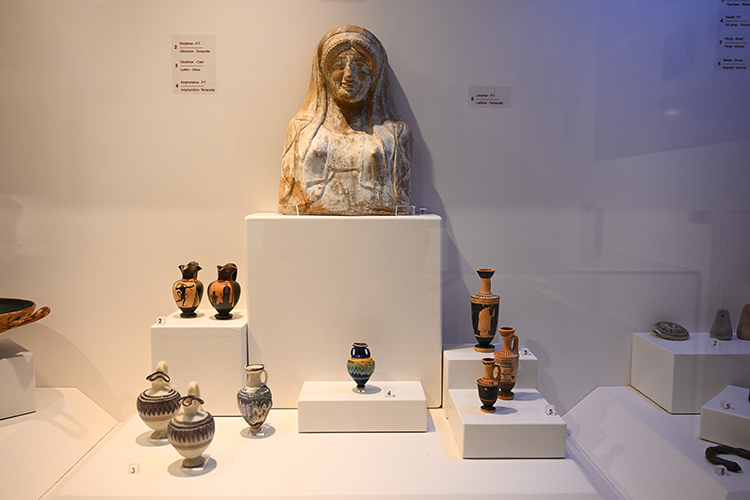
Ancient Treasures of Ainos Unearthed in Northwestern Türkiye: Now on Display in Edirne Museum
The Edirne Archaeology and Ethnography Museum, located in the historic region of Thrace in northwestern Türkiye, invites visitors on a fascinating journey through time with its remarkable collection of artifacts unearthed from the ancient city of Ainos (modern-day Enez). One of Thrace’s Oldest Museums, Rich in Heritage According to Kemal Soytürk, Director of Edirne’s Provincial
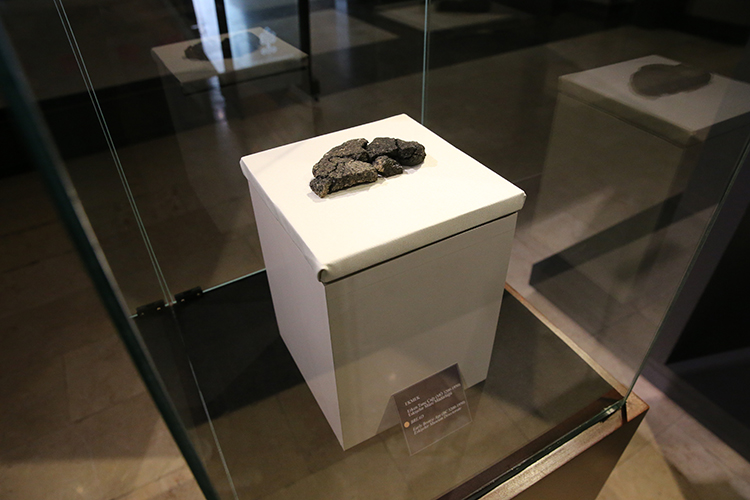
5,000-Year-Old Loaf of Bread Found in Küllüoba Mound Is on Display
A rare 5,000-year-old loaf of leavened and baked bread, discovered in the Küllüoba Mound located in central Türkiye’s Eskişehir province, is now on public display at the ETİ Archaeology Museum as part of the International Museum Day exhibition. The bread, unearthed during long-term archaeological excavations that have been ongoing since 1996, is considered the earliest
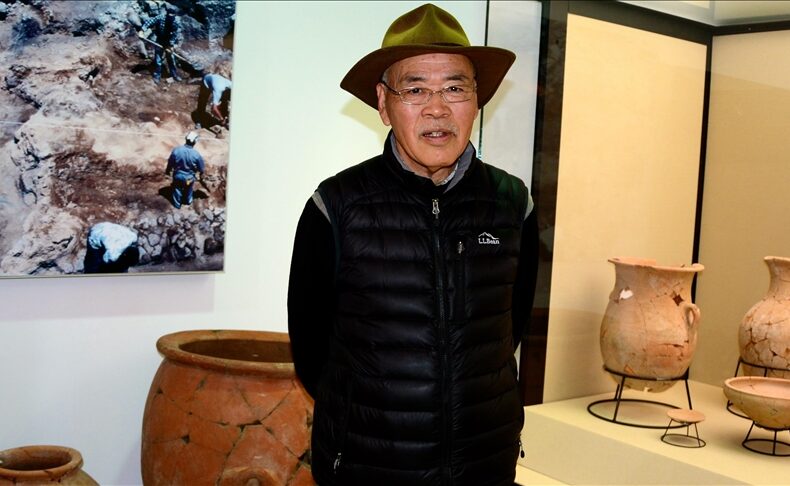
In Memory of Dr. Sachihiro Omura: A Life Devoted to Anatolia
Dr. Sachihiro Omura, a renowned Japanese archaeologist and one of the key figures in fostering academic and cultural ties between Japan and Türkiye, passed away in Kırşehir. With over five decades of dedication to Anatolian archaeology, Omura left behind an extraordinary legacy. A Scholar’s Journey from Japan to Türkiye Born in Japan in either 1948
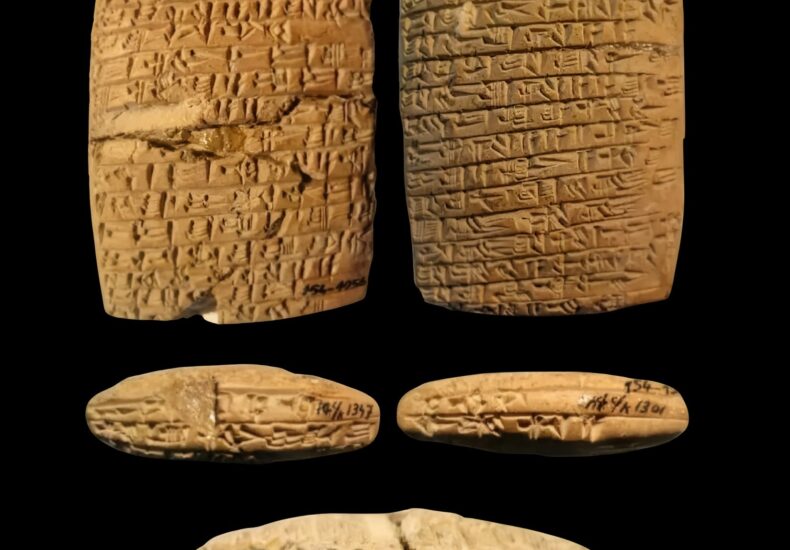
A 4,000-Year-Old Will from Kayseri’s Kültepe: “No Furniture Shall Leave the House.”
“No furniture shall leave the house.”This phrase, inscribed in cuneiform on a clay tablet found at Kültepe (ancient Kaniš), might not sound unfamiliar to the modern legal ear. But its true weight becomes clear when one learns that it dates back to around 1900 BCE—making it one of the earliest known examples of a written
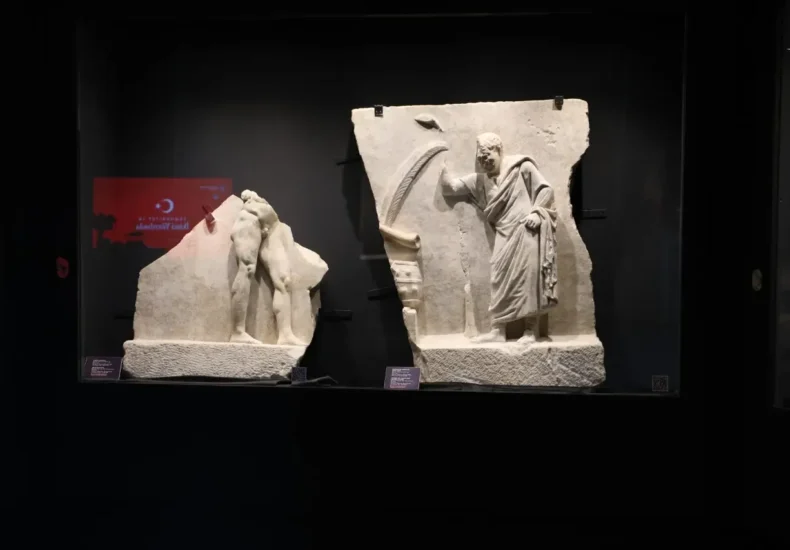
Silent Witnesses of Nicomedia: Çukurbağ Reliefs Exhibition Opens in Kocaeli
To mark International Museum Day on May 18 and in honor of the 102nd anniversary of the Republic of Türkiye, the “Silent Witnesses of Nicomedia” exhibition has opened at the Kocaeli Archaeology Museum. The exhibit offers a rare glimpse into the ancient city of Nicomedia, showcasing sculptural relics that reflect the grandeur of a Roman
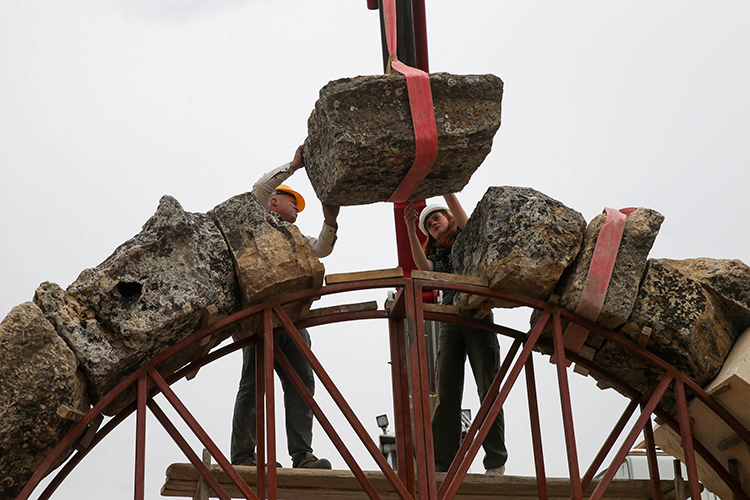
2,100-Year-Old Aqueducts Restored in Historic Blaundos City, Western Türkiye
In Western Türkiye, near the modern city of Uşak, the ancient Blaundos city has witnessed an important archaeological restoration. Eight aqueducts dating back over 2,000 years have been carefully uncovered and restored, shedding light on the sophisticated water management systems of the Hellenistic and early Roman periods. Blaundos, originally established as a military garrison by
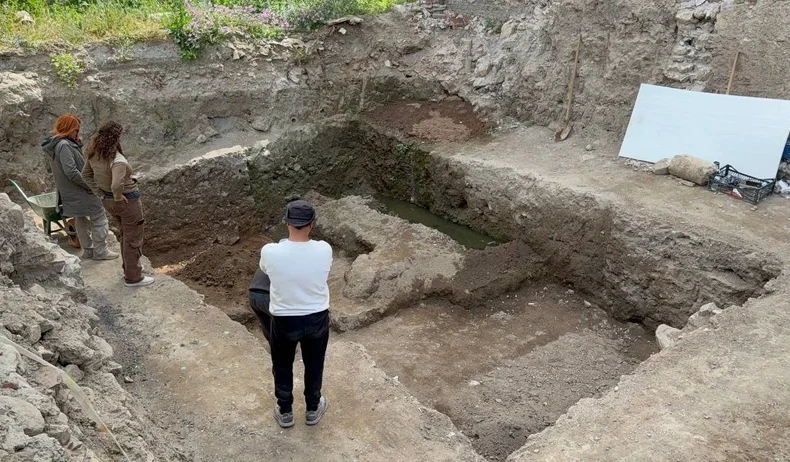
Mosaic Claimed to Date Back to the Time of Jesus Discovered in İznik: Historical Excitement Ahead of Pope Leo XIV’s Visit
During foundation excavations in a house in İznik, Bursa, mosaics believed to date back to the time of Jesus Christ were uncovered. This discovery coincides with the recent announcement of Pope Leo XIV, the newly elected leader of the Catholic world, planning a visit to İznik, creating a historic coincidence. The mosaics, found in İznik’s
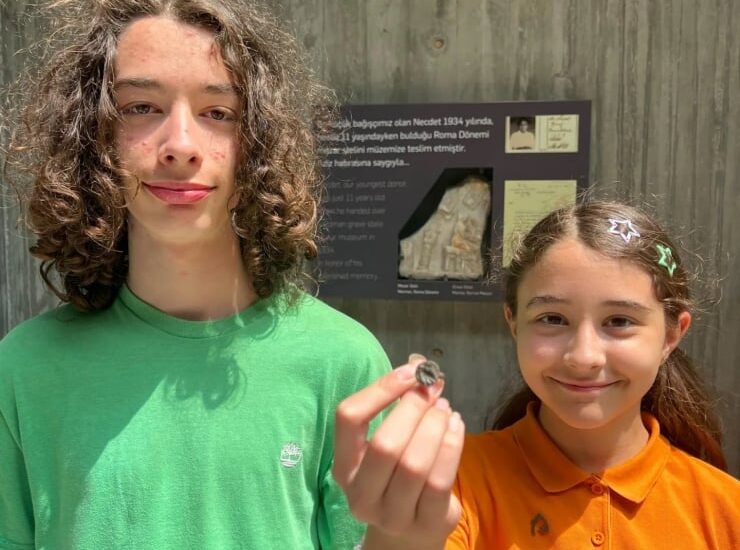
Two Young Brothers Donate a Rare Byzantine Signet Ring to the Troy Museum
In a heartwarming act of cultural awareness, two young brothers from Ayvacık, a district in the Turkish province of Çanakkale, donated a rare signet ring believed to date back to the Byzantine Empire to the Troy Museum. Aden Dayangaç, 10, and his older brother Doran Dayangaç, 14, found the artifact near their home in Demirci
